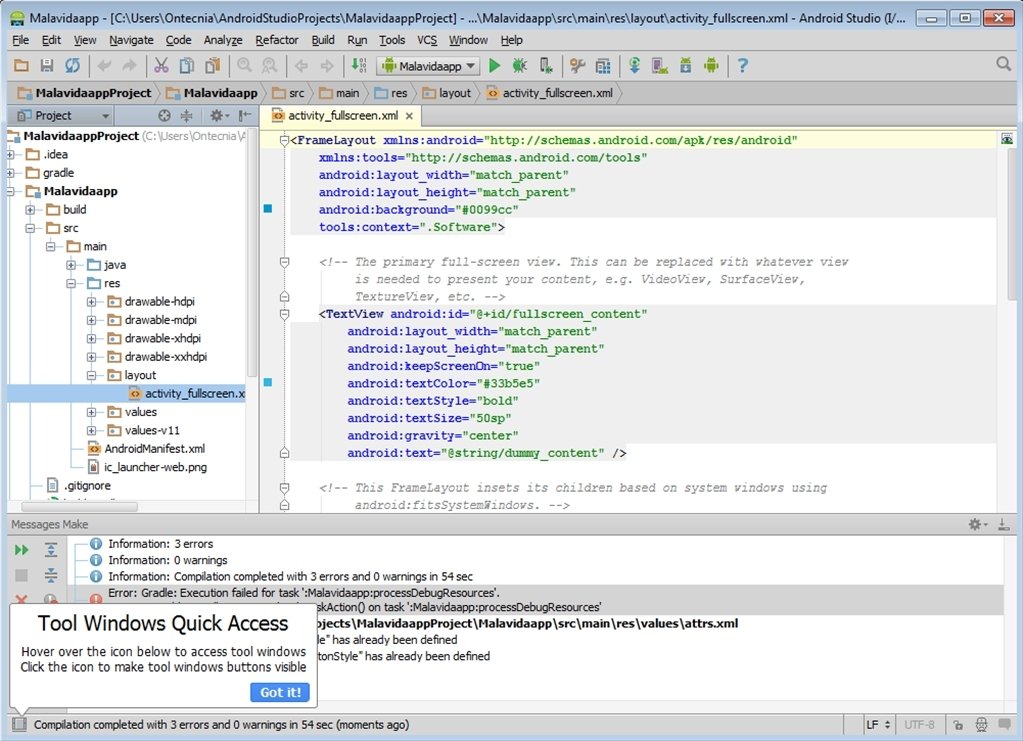

If you’re using Fragments, start with the same guide but switch to the Integration with an Android Fragment guide when it starts talking about ReactRootView. android directory with the Android native app, make a commit in a new branch to easily track and revert changes from the original, clean native app, and begin the deceptively short React Native “Integration with Existing Apps” guide. Once you’re clear on your approach, it’s time to replace your React Native project’s. Planning this right is important! Don’t proceed unless you have a clear understanding of how this will work: projects can get in a frightful mess if they start lobbing in activities or fragments without a clear, coherent plan. In part 1 of this series, we discussed how this decision interplays with some of the strategies that can be taken for adding React Native to a native app.

They’re what react-native-screens uses under the hood for navigation screens, and most times you see an app with tabs or drawers (in native Android or in React Native), those screens under the tabs and drawers are implemented as Fragments. It’s like a regular view, but smarter, directly plugged into the application context and its position in the navigation history.
#Android studio 2.2.3 full
A Fragment can sit within an Activity and doesn’t need to be full screen However, many modern native Android apps only open a new Activity when navigating to something that feels like a fundamentally different sub-app, like when a videoconferencing app launches a video call. Many older Android apps clunked between dozens of different Activities when navigating between screens. In a simple conventional React Native app, everything React Native is often entirely within the one “Main” Activity, with maybe a custom splash screen as the only other Activity in the app. On Android, you can inject React Native into an Activity, or a Fragment (or multiple of either, or both…): An Activity is like a full-screen window

We’ll need to do a lot of delicate surgery in the Android app’s build process, so preparation is key. In part 2 of this guide, we looked under the hood of React Native: hopefully you’ve got a basic understanding of the pieces we’re working with.In part 1 of this guide, we looked at planning: you should have a clear, considered strategy.
#Android studio 2.2.3 series
So, you’re a developer working on adding React Native to an existing complex app, and you’re currently looking at Android? Our content series is here to help you successfully complete this journey.

This third article in an expert content series takes a deep dive into the technical details involved in adding React Native to an existing Android app


 0 kommentar(er)
0 kommentar(er)
